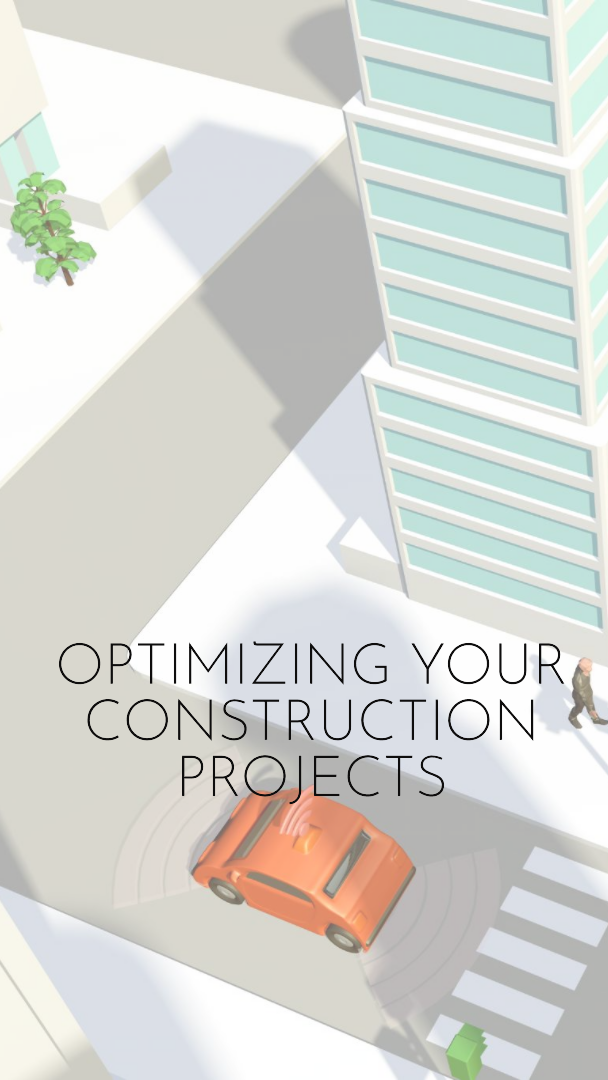
Introduction
In an ever-evolving construction industry, BIM services have emerged as a game-changer, revolutionizing the way projects are planned, designed, executed, and managed. They encompass a holistic approach that integrates technology, collaboration, and data to enhance project efficiency, accuracy, and sustainability. Let’s explore the various facets of this service and how they can elevate your construction endeavors.
BIM Services: A Deeper Dive
What are BIM Services?
These services, short for Building Information Modeling services, encompass a range of digital tools and techniques that facilitate the creation and management of detailed 3D models of construction projects. These models not only represent physical aspects but also incorporate crucial data related to materials, costs, timelines, and more. The integration of these components empowers stakeholders to make informed decisions throughout the project lifecycle.
The Power of Collaboration
BIM services foster collaboration among multidisciplinary teams, including architects, engineers, contractors, and stakeholders. Through a shared digital platform, professionals can contribute their expertise, identify potential clashes or errors, and collectively refine the project’s design and execution strategies. This collaborative environment minimizes misunderstandings, streamlines communication, and enhances project coherence.
Seamless Project Planning
One of the standout advantages of this service is its impact on project planning. With the ability to create accurate and comprehensive 3D models, project managers can visualize the construction process from start to finish. This insight allows for better scheduling, resource allocation, and risk assessment, ultimately leading to more efficient project execution.
Design Precision and Exploration
They empower architects and designers to explore various design options before finalizing plans. Through virtual modeling, they can experiment with different layouts, materials, and configurations. This iterative approach results in optimized designs that align with project goals and client preferences, reducing the likelihood of costly design changes during construction.
Efficient Execution and Construction
Once the design phase is complete, BIM services continue to shine during the construction phase. Contractors can access detailed models that provide step-by-step guidance, reducing errors and rework. Additionally, project stakeholders can monitor progress in real-time, ensuring that the project stays on track and within budget.
Environmental Sustainability
Incorporating those services can also contribute to environmental sustainability. By simulating the construction process and its impact on resources, energy consumption, and emissions, project teams can identify opportunities to minimize environmental footprints. This aligns with the growing emphasis on eco-friendly construction practices.
ROI and Cost Savings
Implementing these services may require an initial investment, but the returns are substantial. The accuracy and efficiency gained through optimized project planning, reduced errors, and improved collaboration lead to significant cost savings in the long run. Moreover, projects are more likely to be completed on time, boosting overall return on investment.
Enhanced Facility Management
BIM services extend their benefits even beyond project completion. The detailed models created during construction serve as valuable references for facility management. Maintenance teams can easily access information about the building’s components, aiding in timely maintenance and minimizing disruptions.
FAQs
How does BIM enhance construction project outcomes?
BIM enhances construction projects by providing accurate 3D models, fostering collaboration, improving project planning, and reducing errors during execution. This leads to cost savings, timely delivery, and better project outcomes.
Is BIM only suitable for large construction projects?
No, BIM services are valuable for projects of all sizes. While large projects may benefit from complex coordination, even smaller projects can gain from the accuracy, efficiency, and collaboration that BIM offers.
What software is commonly used for these services?
Several software options are available for BIM services, including Autodesk Revit, ArchiCAD, and Navisworks. The choice depends on project requirements, team familiarity, and specific features needed.
How does BIM contribute to sustainability?
They enable simulations that assess a project’s environmental impact. This allows teams to make informed decisions to minimize resource consumption, energy use, and emissions, contributing to sustainable construction practices.
Are there any challenges in implementing BIM services?
Implementing these services may require training, changes in workflows, and initial investment in technology. Additionally, ensuring consistent collaboration among multidisciplinary teams can be a challenge.
Can BIM models be used beyond project completion?
Absolutely, BIM models continue to be valuable after project completion. They serve as references for facility management, aiding in maintenance, renovations, and future planning.
Conclusion
In a dynamic construction landscape, BIM services have emerged as an indispensable tool for modern projects. From enhancing collaboration to optimizing project planning and promoting sustainability, the benefits of these services are far-reaching. By incorporating these services into your construction endeavors, you’re not only ensuring better project outcomes but also embracing the future of construction innovation.
Also know about Unveiling the Expertise of BIM Drafting.